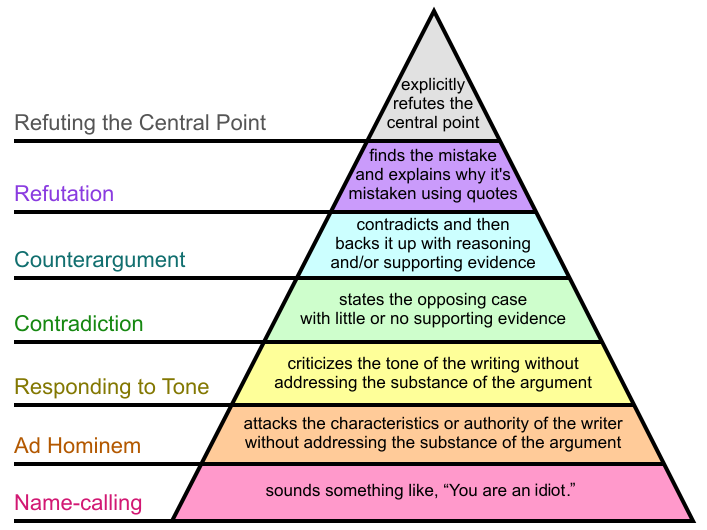Thursday, April 23, 2020 6:11:07 PM
What is the book value of the preferreds? What is the value of preferreds in a liquidation or restructuring scenario?
1) At the moment, zero because FnF have $23B in capital and the seniors have a liquidation preference of $200B. If the seniors were to be cancelled or converted to common, the book value of the juniors right now would be $23B, or around 2/3 of par.
2) I already answered this one, saying "I believe it is very high, because the prefs must be dealt with (most likely exchanged for commons) to achieve a recap. A re-IPO with this huge block of prefs in the capital structure is much more difficult than if they were exchanged for commons."
Doesn't really matter because it is a nominal amount.
The par value of all the juniors combined is $33.2B. I'd hardly call that nominal.
This is where we disagree. I argue that the variable rate low yielders don't matter much because the preferred stock payout would be very minor if dividends get turned on. Even the fixed rate preferreds won't get paid until the BOD declares it and when they do is not certain.
This depends on how badly the re-IPO investors want the juniors out from in front of their new common stake. Flattening the capital structure, which is what a junior-to-common exchange would do, is a very common thing in restructurings. It is quite possible, and given market prices the market views it as probable, that even the really low-div junior series will get a generous conversion just to get their liquidation preference out from in front of the re-IPO commons.
The re-IPO investors will also be much easier to entice with the promise of an immediate or near-immediate dividend. That means either having to pay divs on the juniors right after the IPO or offering them a (generous enough to get them to accept) exchange for commons to avoid some of that payout.
Do you have any examples?
A few, each of which involved pref holders agreeing a conversion to common. That would have to be advantageous for them, i.e. outperforming the commons, for them to agree at all.
There are many examples of preferred stock that don't trade near their stated value. The low yielders if never converted could trade at a substantial discount to liquidation value for years, until the benchmark rises.
That's not really taking a haircut, though, and the low yielders only make up around $2.3B of the $33.2B in junior par value anyway.
I maintain that the only scenarios in which the juniors take a haircut to par is an exchange for commons or a redemption for (less than full par) in cash. The latter of these is highly unlikely because it depletes capital at a time FnF need to be building it, whereas the exchange for commons is costless.
FEATURED Cannabix Technologies and Omega Laboratories Inc. Provide Positive Developments on Marijuana Breathalyzer Testing • Jul 11, 2024 8:21 AM
ECGI Holdings Enhances Board with Artificial Intelligence (AI) Expert Ahead of Allon Apparel Launch • ECGI • Jul 10, 2024 8:30 AM
Avant Technologies to Meet Unmet Needs in AI Industry While Addressing Sustainability Concerns • AVAI • Jul 10, 2024 8:00 AM
Panther Minerals Inc. Launches Investor Connect AI Chatbot for Enhanced Investor Engagement and Lead Generation • PURR • Jul 9, 2024 9:00 AM
Glidelogic Corp. Becomes TikTok Shop Partner, Opening a New Chapter in E-commerce Services • GDLG • Jul 5, 2024 7:09 AM
Freedom Holdings Corporate Update; Announces Management Has Signed Letter of Intent • FHLD • Jul 3, 2024 9:00 AM










